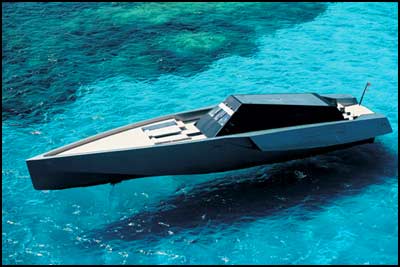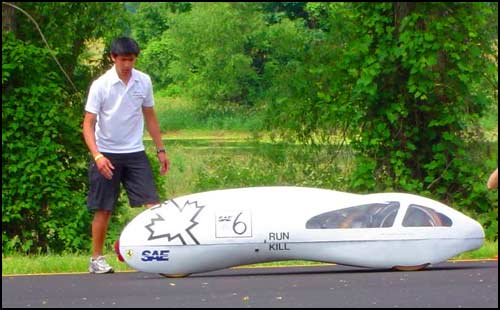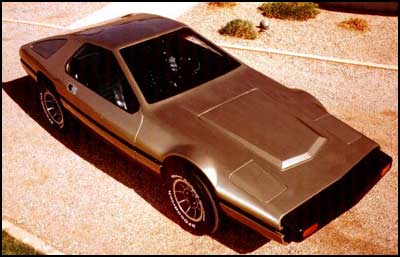Recent digs here in Mexico have unearthed a new species of pterosaur flying dinosaur called the Quetzalcoatlus which has a wingspan of at least sixty feet. It is believed that this dinosaur was capable not only of gliding, but also full powered flight… Below I've made a diagram showing it in comparison with a Cessna 152 airplane. It's seriously big!

Below is the 118 Wallypower yacht which I've talked about here before, powered by a trio of 5,600 HP gas turbines. At sixty knots cruise (not quite full throttle) it consumes 15 gallons of fuel per mile, whereas if you're willing to amble along at nine knots, that same 15 gallons of fuel would carry you four miles.

To maintain a car at highway speed takes about nine horsepower. Unfortunately much more power is needed to get today's bloated vehicles rolling in the first place. A modern car weighs thousands of pounds when it could easily weigh under a thousand using modern materials — after all, that Cessna 152 airplane weighs only 1,150 pounds empty and it's far larger than a car.
If we used modern materials, modern aerodynamic design, and downsized engines, we could easily build cars that had performance comparable to a current modest consumer car, but achieved 150 miles per gallon or better — college level supermileage design challenges are currently operating in the 2,000 miles per gallon range, but those are far more radical designs such as the one below.





Post a Comment